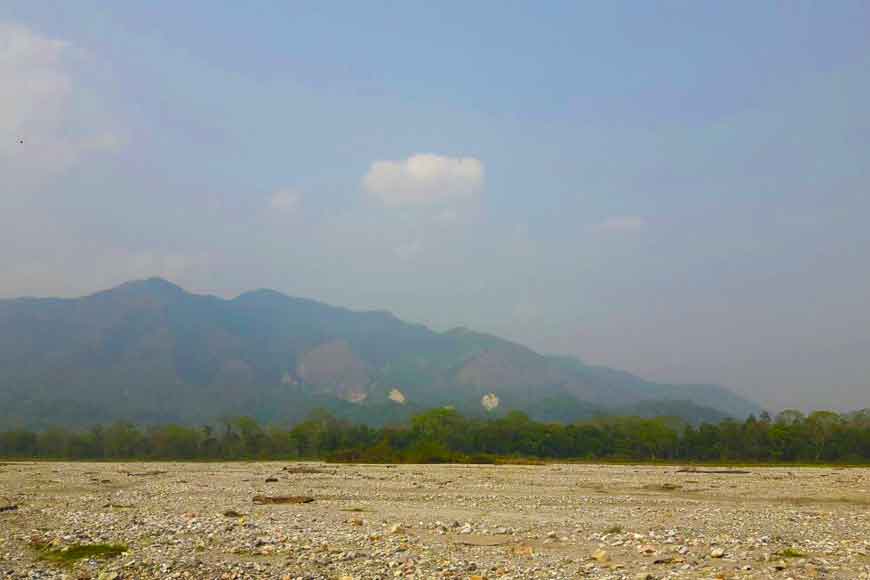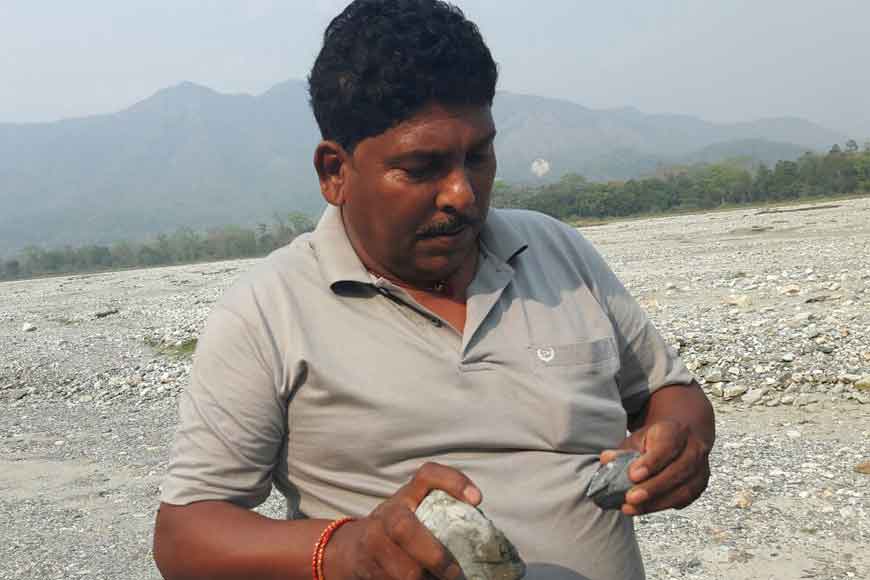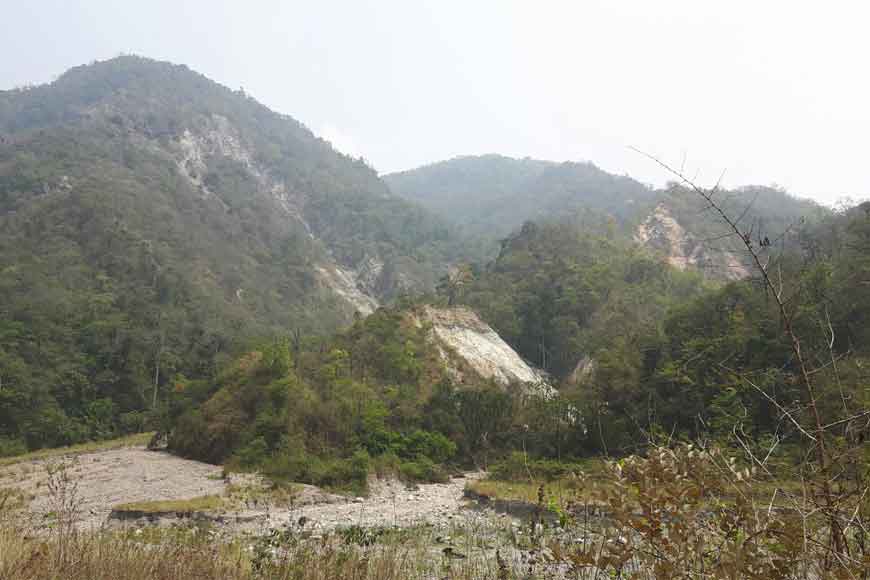Where have all the Buxa Tigers gone?

It is often said Buxa Tiger Reserve was once upon a time one of the largest tiger reserves of Bengal and hundreds of tigers were found in this area. But over the years, not a single remained. Though most facts and reports over the years indicated the tigers of Buxa were hunted down by poachers leading to their decline and finally complete eradication of tigers from the area, the reserve forest guides of Jayanti-Buxa range have a different story to tell.

These are men who have stayed in this region for generations. I met one such 60-year-old man called Ratan Sharma, who is not just a well-known safari driver of the area, but someone who has worked with the Geological Survey of India. When I asked him how come all the tigers of Buxa-Jayanti were poached and not a single remains, he spoke of a completely different story. Incidentally, he was also the man who helped National Geographic photographers trace the trail of Buxa-Jayanti tigers moving away towards Bhutan Hills in search of water and prey.

Sharma’s family is from Bihar, but has stayed in Bengal since 1870 and he loves calling himself a Bangalibabu, speaking in impeccable Bengali. He pointed to series of Sal and Shagun trees in these forests and categorically pointed out these are trees that had been planted decades back by the government and forest authorities as their wood is valuable and would be a great revenue earner for the government. These trees were never a part of the forest. In Sharma’s words: “The British had cut many trees in this forest but also planted equal number of trees. They did not bring trees like Sal and Shagun, that could actually hamper the ecological balance of the flora of this area.” Sal is an Indian tree but Shagun has been brought from Burma. Both trees have high quality timber, but they hamper growth of other trees and absorb all the water of the forest, turning the land completely dry. As a result, most of the water tracts of the Jayanti and Buxa range dried up. Tigers lost their water source, climate changed, it became hotter, and also they could not find their prey. It was all but natural for the tiger population to move away to the Bhutan Hills in search of water and cooler climate.

When asked about the re-introduction of tigers from other forests to Buxa, the guides and safari men looked at each other. They all said in unison, World Bank provides crores of money every year to the Forest departments and most rangers who come from other states for just a few years are least bothered about the flora and fauna of the area.They just care for the money and the animals are left aside resulting in their dwindling population. True, Jayanti do not have even a grassland or a trickling water source where animals like bisons and deer can feed. The neglect is seen at every point, trunks of huge trees have been felled even in the core area, and they are all illegal timber merchants who have a nexus with forest guards.
Only a few locals like Sharma, still try to uphold the forest ethos as they remember once upon a time every evening they used to see tigers roaming around their villages. Now they have all vanished!









